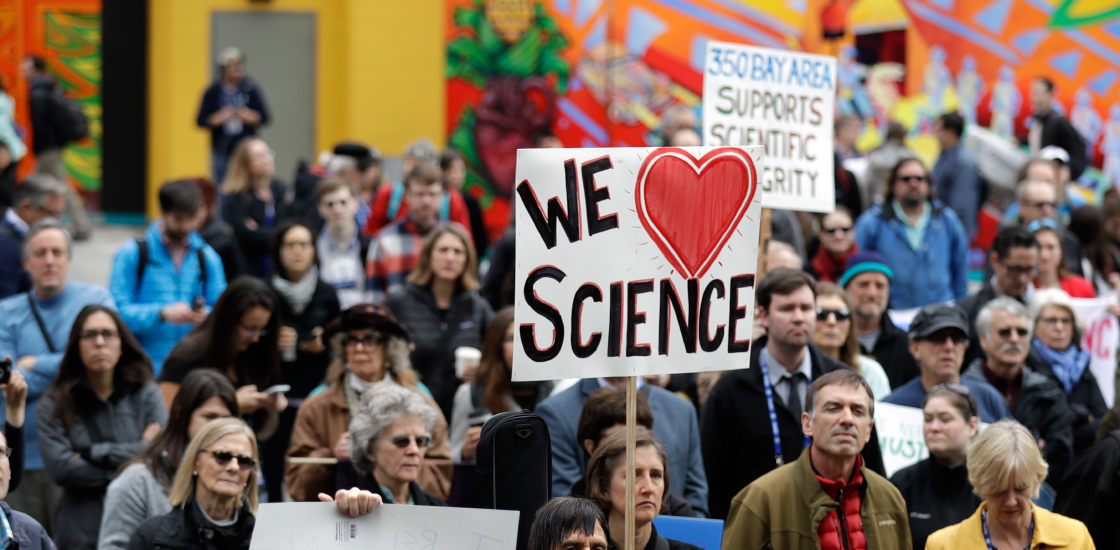Jonathan Sebat is professor of psychiatry and cellular and molecular medicine at the University of California, San Diego, and chief of the Beyster Center for Molecular Genomics of Neuropsychiatric Diseases. He investigates the molecular basis of neuropsychiatric disorders such as autism and schizophrenia.
Jonathan Sebat
Professor
University of California, San Diego
From this contributor
Why I want to march for science
Autism researcher Jonathan Sebat plans to push for policies that rest on empirical evidence and serve the common good.
Explore more from The Transmitter
Some facial expressions are less reflexive than previously thought
A countenance such as a grimace activates many of the same cortical pathways as voluntary facial movements.

Some facial expressions are less reflexive than previously thought
A countenance such as a grimace activates many of the same cortical pathways as voluntary facial movements.
Cracking the neural code for emotional states
Rather than act as a simple switchboard for innate behaviors, the hypothalamus encodes an animal's internal state, which influences behavior.

Cracking the neural code for emotional states
Rather than act as a simple switchboard for innate behaviors, the hypothalamus encodes an animal's internal state, which influences behavior.
Alex Maier argues that a scientific explanation of consciousness requires grounding in formalized mathematics
When it comes to discovering laws of nature for consciousness similar to those in physics, Maier argues that integrated information theory is the only game in town.
Alex Maier argues that a scientific explanation of consciousness requires grounding in formalized mathematics
When it comes to discovering laws of nature for consciousness similar to those in physics, Maier argues that integrated information theory is the only game in town.
